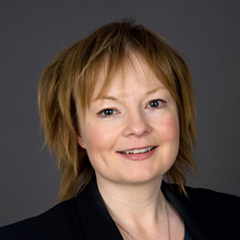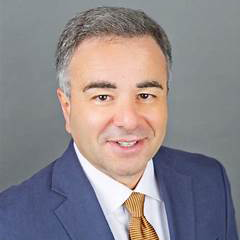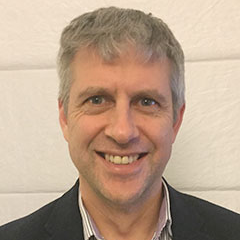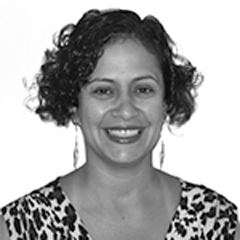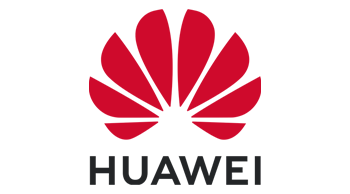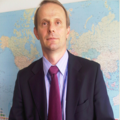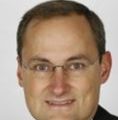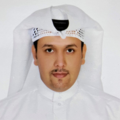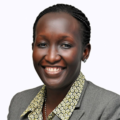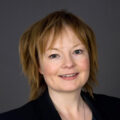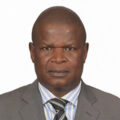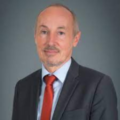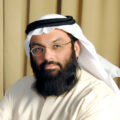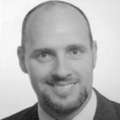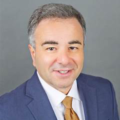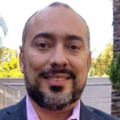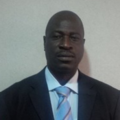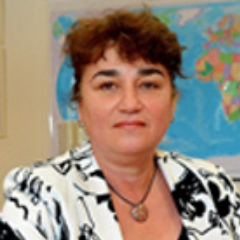Philipp Riederer von Paar is the Chief Executive Officer of ATC Germany, the German subsidiary of American Tower, Corp., a leading global developer, owner and operator of telecommunications real estate headquartered in Boston, Massachusetts and listed on the NYSE.
Prior to joining American Tower, Mr. Riederer von Paar was VP, Head of Network Sales, EMEA at Amdocs and prior to that Mr. Riederer von Paar spent four years with Ericsson as their VP and Key Account Manager. He was also previously 13 years with Nokia (Nokia Networks/NokiaSiemensNetworks) in various senior leadership roles and spent multiple years abroad (Indonesia, Finland). Mr. Riederer von Paar holds a Diploma in Business Studies from Humboldt Universität Berlin and successfully completed a trainee program at Deutsche Bank.
ATC is one of the founding members the European Wireless Infrastructure Association (EWIA) the European trade association of independent wholesale wireless infrastructure providers. EWIA members invest in and operate the wireless infrastructure which is essential to the delivery of mobile voice and data, wireless broadband, and other wireless networks, and they provide this ‘neutral host’ infrastructure to all mobile network and other wireless operators on an open access basis. This provides an efficient and competitive alternative to the vertically integrated business model, leading to better connectivity. EWIA advocates policies that encourage the independent network infrastructure investment and deployment necessary to make advanced wireless broadband available everywhere for consumers, businesses, healthcare, public safety and the countless other sectors that rely on always-on wireless connections.
EWIA has ten members operating across ten European countries who develop, acquire and operate communication towers together with investment in the fibre-connected small cell networks in buildings and on city streets needed for 5G. Together, our members have invested in over €60bn of infrastructure assets globally and operate a portfolio of over 75,000 assets in Europe, representing approximately 21% of the wireless infrastructure in Europe








